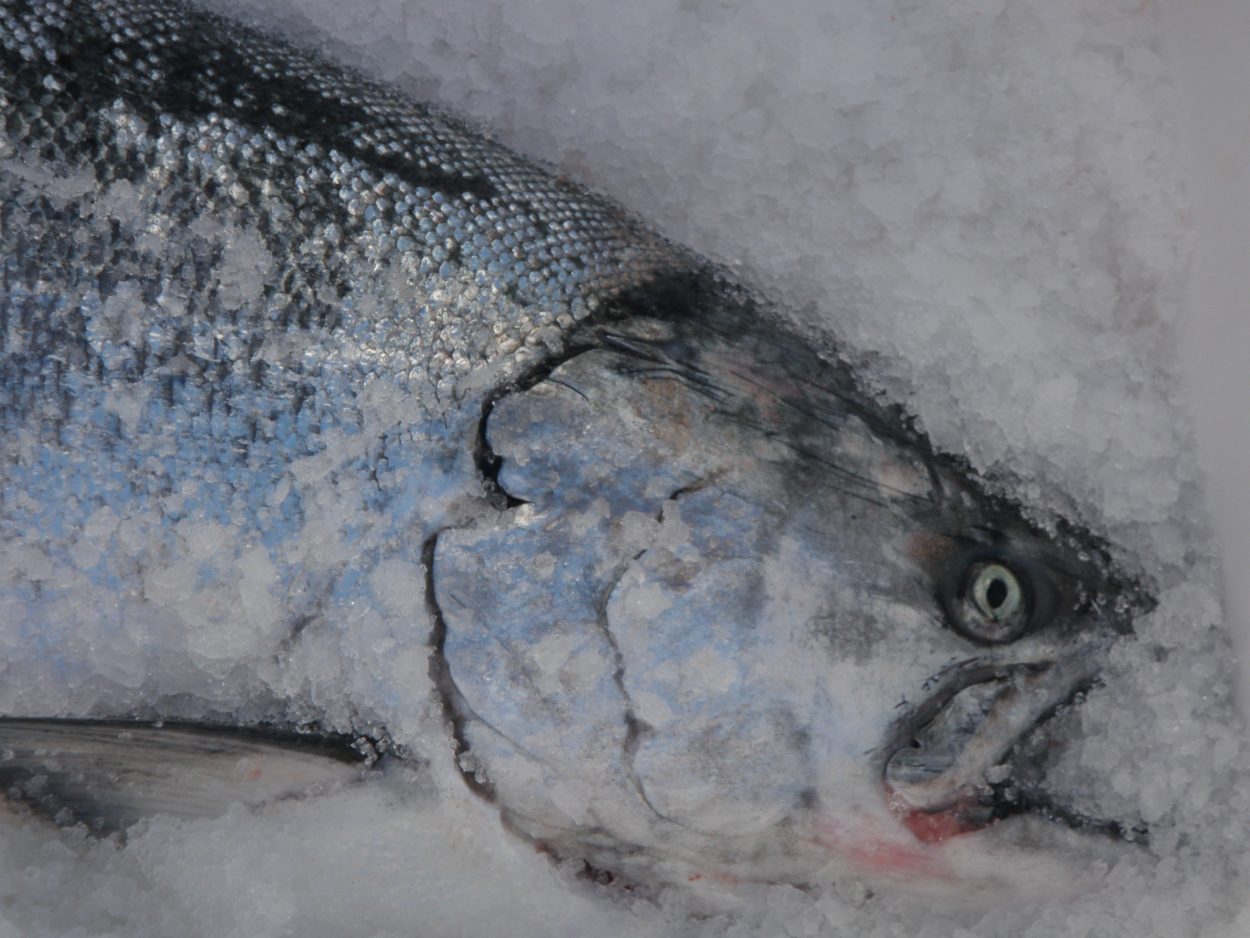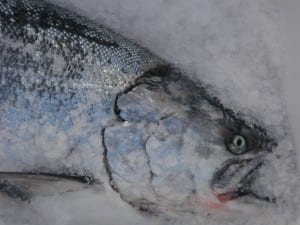The Southeast Alaska king salmon quota is down again for the second year in a row. The Alaska Department of Fish and Game announced this week that the allowable harvest will be 176 thousand kings for all gear types, commercial and sport. That’s 90 thousand fewer fish than last year, which was down about 30 thousand from the year before.
The quota is based on a combined forecast of US and Canadian chinook runs managed under the Pacific Salmon Treaty. According to Alaska Deputy Fish and Game Commissioner Dave Bedford, those populations are down again. That’s with the exception of the Columbia River, where there’s a different issue.
“The return to the Columbia is going to be large, but a very substantial, an abnormally large part of that run is going to be three-year-old fish and three-year-old fish aren’t 28 inches long. So, we can’t catch them. So there’s a bunch of them but they don’t really count towards abundance in our fishery. So then to boil it down, what you have is, let’s say, seven stock groups that are the principal contributors to the fishery in Southeast Alaska and six out of those seven are running below average this year and the one that’s above average is producing a bunch of fish that aren’t harvestable for us,” says Bedford.
Alaska’s commercial trollers and sport anglers are not allowed to keep king salmon less than 28 inches long.
Southeast last saw lower king levels than this in 2008. Since then, the quota peaked in 2011. The king decline has been a statewide trend in recent years. Poor returns to the Yukon-Kuskokwim and Cook Inlet areas prompted a federal disaster declaration last year.
Bedford notes that Governor Sean Parnell and Fish and Game Commissioner Cora Campbell have asked the legislature for substantial funding to boost king salmon research and management.
“We’re seeing reduced productivity in a lot of areas in Alaska and that holds true for some areas in Southeast as well and it appears to be holding true for some areas south of 54/40 as well. So, there’s something going on out in the ocean and I know, because I’m a policy guy, I can get away with really precise statements like that but in any event I can’t really comment and frankly nobody can comment with any real substance to what that is, but productivity for Chinook is on a downward trend at this particular point. So, we’re seeing that reflected here as we are elsewhere in the State.”
On the fishing grounds, a smaller quota generally translates to less fishing opportunity. That usually means less time for commercial fishermen to target Chinook and reduced bag limits for sport anglers.












